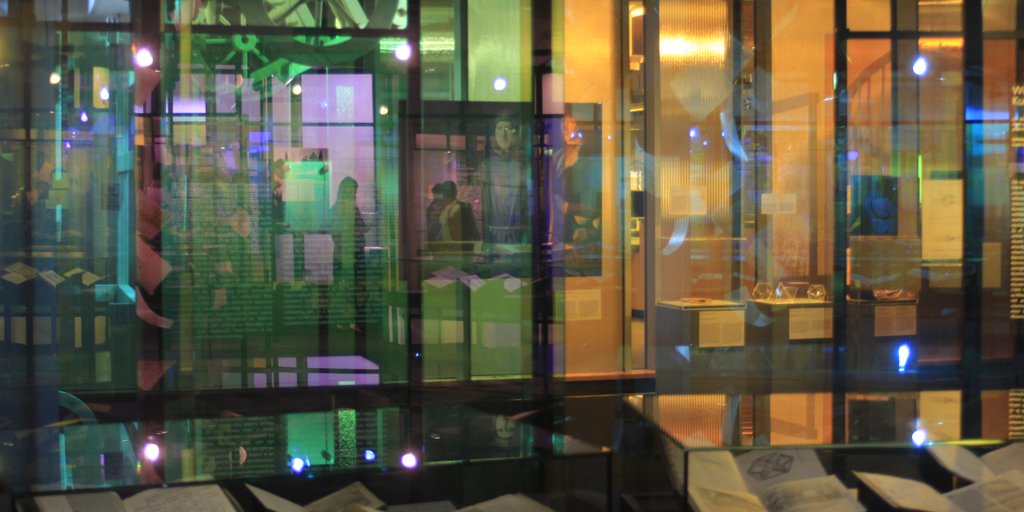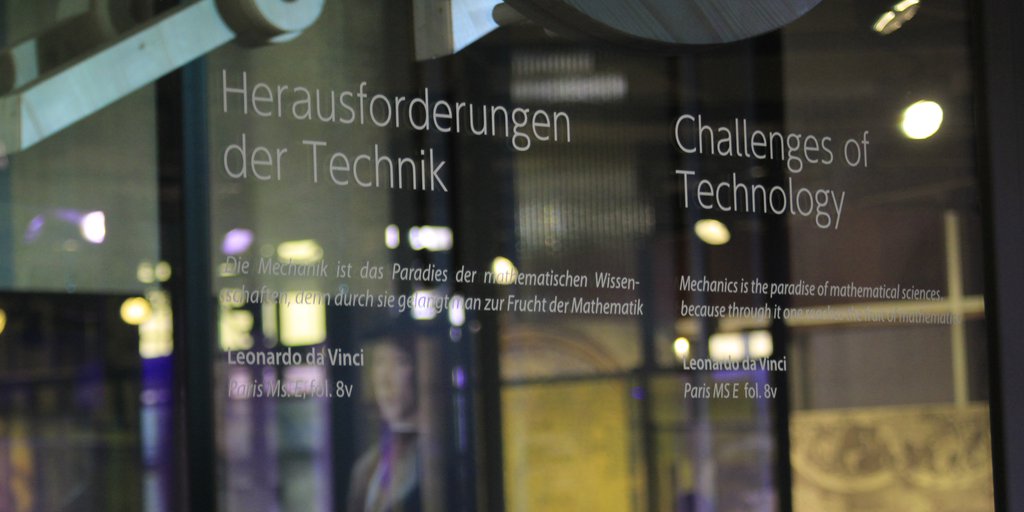
Challenges of Technology <
Mechanics is the paradise of mathematical sciences,
because through it one reaches the fruit of mathematics
Leonardo da Vinci
Paris MS E, fol. 8v. Translation: Elizabeth Hughes
Leonardo was able to develop his technical understanding and knowledge from an early age as an apprentice in the workshop of the gifted painter, sculptor, and goldsmith Andrea del Verrocchio, an expert in various artistic techniques and materials. Leonardo admired the machines that Filippo Brunelleschi had developed for the construction of the dome of the Florence Cathedral. (The copper sphere of the dome lantern that Leonardo later referred to in his writings was made in the Verrocchio workshop.) When Leonardo moved to Milan in 1482, where he had successfully applied for a permanent position at the Sforza court, primarily as a military engineer, he deepened his technical knowledge in many areas. An ambitious autodidact, he studied contemporary specialist technical literature and became a prototype of the artist-engineer. Two predecessors who particularly impressed him were Mariano di Jacopo Taccola (1382–1458) and Francesco di Giorgio Martini (1439–1501), both from Siena. The latter, like Leonardo, was a versatile artist-engineer in court service. Leonardo’s technical interests were fundamentally influenced by the extensive writings of Roberto Valturio (1405–1475), which belonged to his library. Leonardo’s wide-ranging interests, his love of experimentation, and his power of imagination, but not least his outstanding skills as a draftsman, soon enabled him to surpass his role models and opened up previously unknown possibilities in the visualization of technical relationships.
Leonardo's Berlin Library: Section 7 <
 | 62.
Bellifortis ca. 1430 |

The Bellifortis (War fortifications) is the first complete illustrated manual of military technology and the earliest technical encyclopedia in the German-speaking world. Its author, the physician and jurist Konrad Kyeser (1366–after 1405) from Eichstätt acquired all kinds of practical knowledge of war technology in the service of the kings Sigismund of Hungary and Wenzel of Bohemia. Intended for a courtly audience, the work was created in 1402 after Kyeser had fallen from grace politically. The manual was partly a bid to re-enter courtly service again. It presents war equipment and machines for a wide variety of purposes as well as inventions for civilian use. Although the work was never printed, numerous handwritten copies in various versions circulated all over Europe, and its drawings—some of which seem quite fantastical—inspired many treatises on the art of engineering and machine construction. The accompanying texts in Latin hexameters, however, are often incomprehensible. The illustrations here show a windmill-powered lift and an original method of crossing rivers with horses.
References
Berg, Theresia, and Udo Friedrich. 1994. “Wissenstradierung in spätmittelalterlichen Schriften zur Kriegskunst. Der ‘Bellifortis’ des Konrad Kyeser und das anonyme ‘Feuerwerksbuch.’” In Wissen für den Hof. Der spätmittelalterliche Verschriftungsprozeß am Beispiel Heidelberg im 15. Jahrhundert, edited by Jan-Dirk Müller. Münstersche Mittelalter-Schriften. Munich: Fink, 67:169–232.
Cermann, Regina. 2013. Der “Bellifortis” des Konrad Kyeser. Codices manuscripti & impressi, Supplementum 8. Puskersdorf: Verlag Bruder Hollinek.
Leng, Rainer. 2009. “Feuerwerks- und Kriegsbücher. Konrad Kyeser, ‘Bellifortis’ (einschließlich Hartlieb und ‘Bellifortis’-Bearbeitungen). Nr. 39.4.” In Katalog der deutschsprachigen illustrierten Handschriften des Mittelalters, hg. von der Kommission für Deutsche Literatur des Mittelalters der Bayerischen Akademie der Wissenschaften, begonnen von Hella Frühmorgen-Voss. Fortgeführt von Norbert H. Ott zusammen mit Ulrike Bodemann und Gisela Fischer-Heetfeld. Munich: C.H. Beck, 4, part 2, lot 3–4:145–512.









